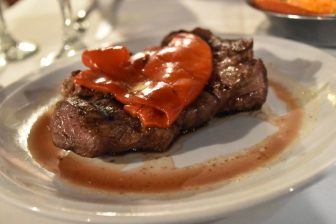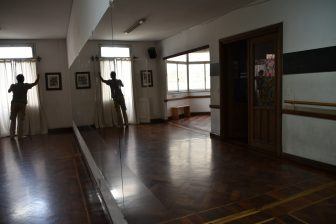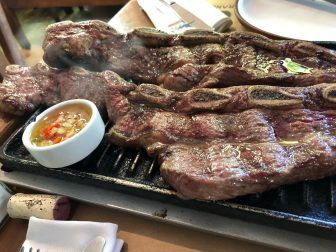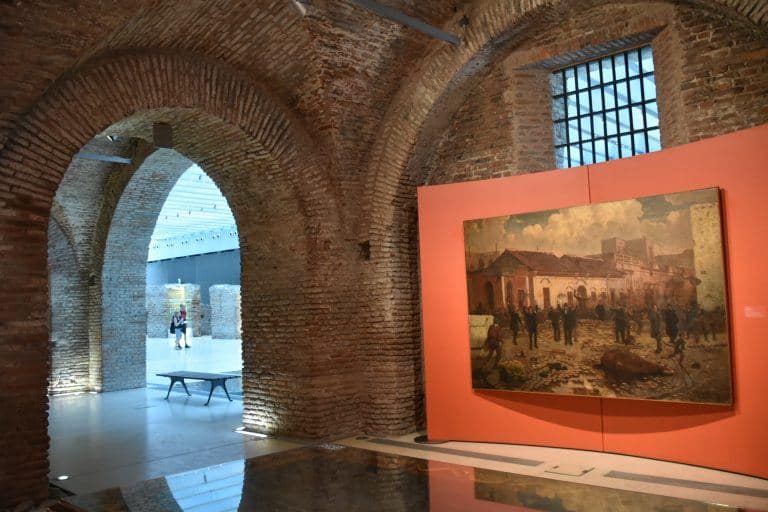
[ Apr.2018 ] Our last lunch in Buenos Aires in Argentina was at a restaurant called Prosciutto in Junin Street, the same street where the tango lesson studio was.
The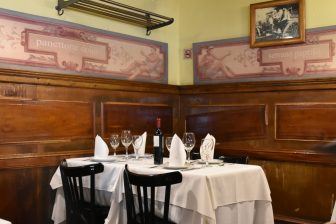
The restaurants we had been to in this city so far were all trendy looking ones, but this one was different.
The atmosphere was similar to many old restaurants in Italy and the waiters were all middle-aged.
The customers were also mostly older and seemed to all be locals.
We shared the assorted ham, cheese and vegetables marinated in vinegar for the starter.
The main was the last lomo (tenderloin) we ate on our holiday.
The meat was nice and tender, though it could have been nicer if they had cooked it less.
For the dessert, we shared a meringue cake.
The wine here was very good, too.
Recently, when we come across nice wine in restaurants, we take a photo of the bottle and order it online later on.
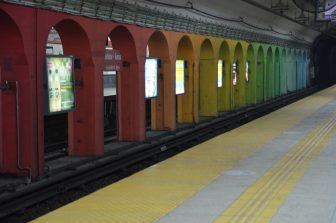
After lunch, we took the Subte, the underground, to get to the area of Plaza de Mayo.
The last thing we did during this holiday was to visit some museums.
One was Museo Casa Rosada, which is behind Casa Rosada (the President’s office) on the right hand side.
It is free to enter.
It is built on the ruins of the old customs house and the history of Argentina is explained.
It was an interesting place but all the explanation was only in Spanish, so I could not understand much.
The videos they were showing seemed especially interesting and I wished that they had had the English subtitles.
Th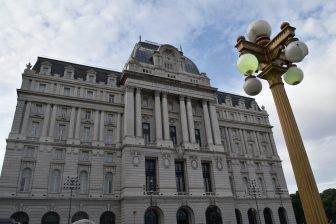
This museum is situated not far from Casa Rosada but on the left hand side.
It is a magnificent building, which used to be the central post office.
Again, you can enter here free of charge.
The exterior was a historic-looking building, but inside was very modern and innovative.
There are some exhibition halls and concert halls in this building.
On the day we were there, on the second floor, there was an exhibition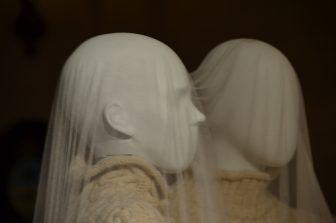
We joined the queue to see it.
The theme was something like “equal marriage regardless of gender or race” and maybe, because of that, many of the viewers were gay couples.
On the upper floors, we saw some photo exhibitions.
We found that, on the 6th floor, they were showing some photos of the dark side of Japanese cities and, on the 7th floor, the life of the Japanese countryside in Shiga prefecture.
Both series of photos were projected on the wall one by one on a large scale.
I liked the country life photos of an elderly couple, probably the grandparents of the artist.
They were captured with care and resonated with me.
I wonder how the people of Buenos Aires saw them.
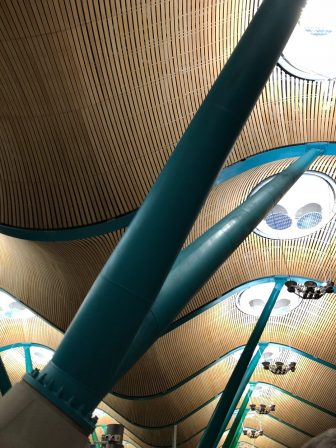
That was the end of our long holiday in Buenos Aires.
On the way back, we had to change flights at Madrid airport.
There, I felt I finally received an answer to my question during this holiday, which was ‘Why has South America not prospered as ,uch as North America?’.
We arrived from Argentina, which is out of EU, and we only wanted to get to the UK, which is out of the Schengen Agreement, but we had to go through passport control to get into Spain and then get out of Spain.
Each time, we had to stand in a long queue.
So, I guess that this level of disorganisation of the Spanish people contributed to the chaotic atmosphere of South America.
Well, the design of the airport in Madrid is the most beautiful in the world I have seen so far, though.

